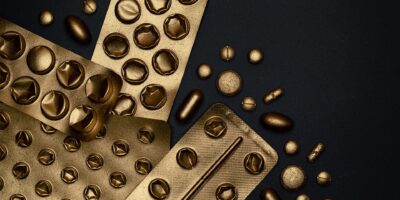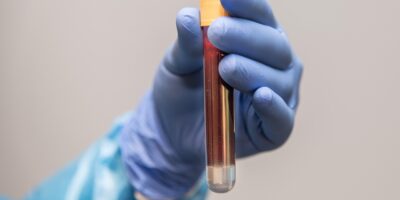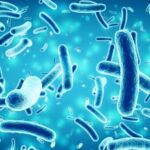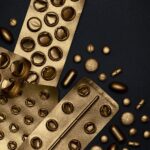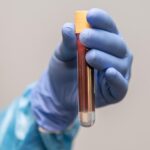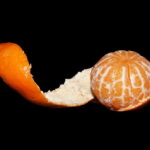Diet-induced obesity occurs when the energy intake of an organism exceeds its energy expenditure. The excess energy is either metabolised into heat via thermogenesis or stored as fat. In addition to causing obesity in the long run, overconsumption of food also disrupts the circadian clock: a rhythmic pattern of gene expression that regulates metabolism, among other bodily processes. Subsequently, disruption of the circadian rhythm causes organisms to eat during the period of the 24-hour cycle when they are usually inactive. Misalignment of feeding time with natural energy cycles has been well-documented to exacerbate obesity and metabolic disease.
Time-restricted feeding (TRF)—colloquially known as “intermittent fasting”—has many scientifically proven health benefits, including weight loss and risk reduction for metabolic disease (Rothschild 2014). The benefits arise when food consumption is limited to the active period of an organism. When two groups of organisms are overfed the exact same diet and maintain similar activity levels, the organisms whose feeding is restricted to the inactive period gain more weight than those fed during the active period. However, the genetic mechanisms underlying the benefits of TRF were unknown until a recent study uncovered the effects of TRF on adipocyte thermogenesis in mice.
Mice are nocturnal animals; their inactive period is the daytime, simulated in the lab as a “light period”. They were fed high-fat diets to provide overnutrition and cause weight gain.
The researchers found that mice fed during the active light phase consumed more oxygen compared to mice fed during the inactive dark phase despite similar activity levels, suggesting increased thermogenesis in the former group. To test this, in vivo isotope tracing was used to track the movement of the carbons from glucose through the adipocytes. The labelled carbons were found to be taken up in higher numbers in the adipocytes of mice fed during the active dark period compared to mice fed during the inactive light period. Higher oxygen consumption and glucose uptake both indicated increased thermogenesis. Since dietary glucose is either transformed into heat through thermogenesis or stored as fat, leading to weight gain, increased thermogenesis explained why the mice fed during their active period stored less fat and gained less weight than the mice fed during their inactive period.
To pinpoint the exact mechanism that caused the increase in adipocyte thermogenesis, the researchers deleted three different genes involved in thermogenesis and observed the effects on the mice. ZFP423-knockout (ZFP423-KO) mice lacked ZFP423, an inhibitor of thermogenesis, and carried out enhanced thermogenesis. Metabolomic profiling showed that ZFP423-KO adipocytes contained more creatine and creatine kinase B as well as less phosphocreatine than the non-altered control group. When GATM or BMAL1, genes crucial to creatine biosynthesis from phosphocreatine, was deleted, mice were found to carry out equivalent levels of thermogenesis regardless of whether they were fed during the active or inactive phase. In other words, disabling the creatine cycle prevented the increase in thermogenesis observed in wild-type mice fed only during the active phase, erasing the beneficial metabolic effects of TRF. Furthermore, it was found that creatine abundance in normal adipocytes peaked during the active phase. Analysis of the ZFP423-KO, GATM-KO, and BMAL1-KO mice strongly suggested that creatine cycling caused the increase in thermogenesis associated with restriction of feeding to the dark phase.
The researchers then sequenced fluorescently labelled adipocyte nuclei in order to determine the accessibility of genes to translation machinery throughout the 24-hour cycle. They found that chromatin accessibility oscillated rhythmically throughout the day. RNA sequencing and Kyoto Encyclopedia of Genes and Genomes (KEGG) pathway analysis revealed that many of the rhythmically regulated genes were involved in the core metabolic clock and creatine metabolic pathway. Therefore, creatine synthesis was found to be carried out rhythmically in adipocytes in alignment with the circadian clock, providing further evidence that creatine cycling induced thermogenesis.
Finally, the researchers supplemented the diets of BMAL1-KO mice with creatine. Similarly to non-altered mice, the altered mice consuming supplementary creatine gained less weight when fed during the dark period compared to the light period. Creatine supplementation compensated for the nonfunctional biosynthesis of creatine caused by the deletion of BMAL1, countering its obesogenic effect and allowing increased thermogenesis during the active period. This confirmed the hypothesis that thermogenesis increased due to increased creatine cycling.
The study proved that the increase in adipocyte thermogenesis during the active phase is the reason behind the metabolic benefits of time-restricted feeding—specifically, the creatine cycle. This finding reinforced the importance of eating only during the active phase (in humans, who are diurnal, the daylight hours) to maximise thermogenesis and avoid weight gain, especially for those who consume high-calorie diets.
Source: https://www.science.org/doi/10.1126/science.abl8007

